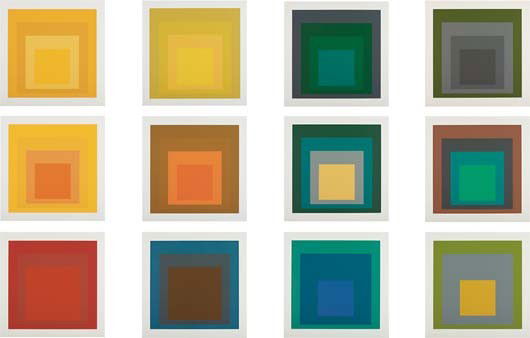For our final study task, we had to create marks and strokes in a blackletter style. These marks and strokes then had to put together to create our own version of hospital signs that could be abstract but had to work functionally. I used a variety of tools to create my marks - angled brushes, thick painters brushes, ink and angled marker pens.

I started by using the ink and brushes to create a variety of strokes in the blackletter style. I really liked the effect, especially when the ink started to run out and you could see brushstrokes within the line.



I then tried the same thing but with ProMarker pens, using the flat angled end. I definitely preferred the effect this tool gave me as not only was it easier to control but it also gave me a bolder, stronger line.



I took a few sheets of the marks I had made and cut them out into singular pieces. From these pieces I began to form particular signs by using standard hospital signs as a guide.

From left to right (below): telephone, café, pharmacy, arrow, prayer room, stairs, male and female toilet sign.
I really liked how my signs/symbols turned out, the singular marks worked well when placed together and created a contemporary style that still carried traits of traditional blackletter style.

After scanning in my chosen signs, I traced them in Illustrator and placed them within a box so that they had a border/restraint around them. I originally coloured them with the initial colours I had used when creating the marks with pen.

Whilst I liked the contrast this had, I didn't feel it was appropriate for a hospital setting. I then chose a white and mint green, stereotypical colours for a medical environment.

I felt this definitely looked more appropriate and would fit in better within a hospital setting. To see my designs in context, I used Photoshop to impose them onto a picture of a hospital area.

I think my designs looked fairly effective within context and I think they are appropriate for the use. I don't think they particularly 'stand out' but this could be adapted and changed by making the arrows bolder and bigger and adjusting the colours slightly.






























